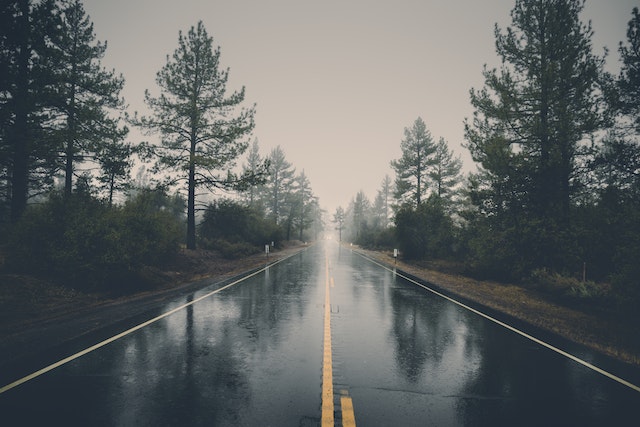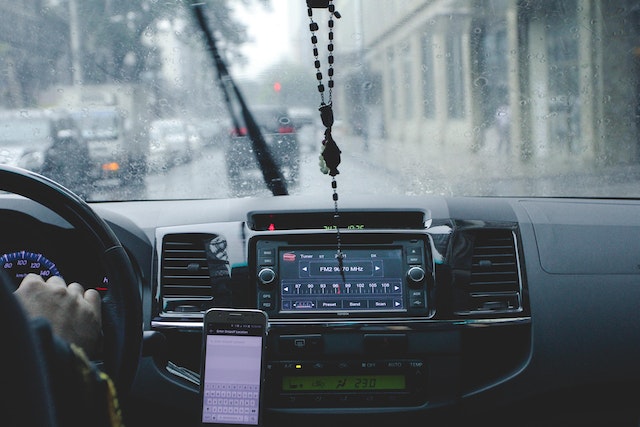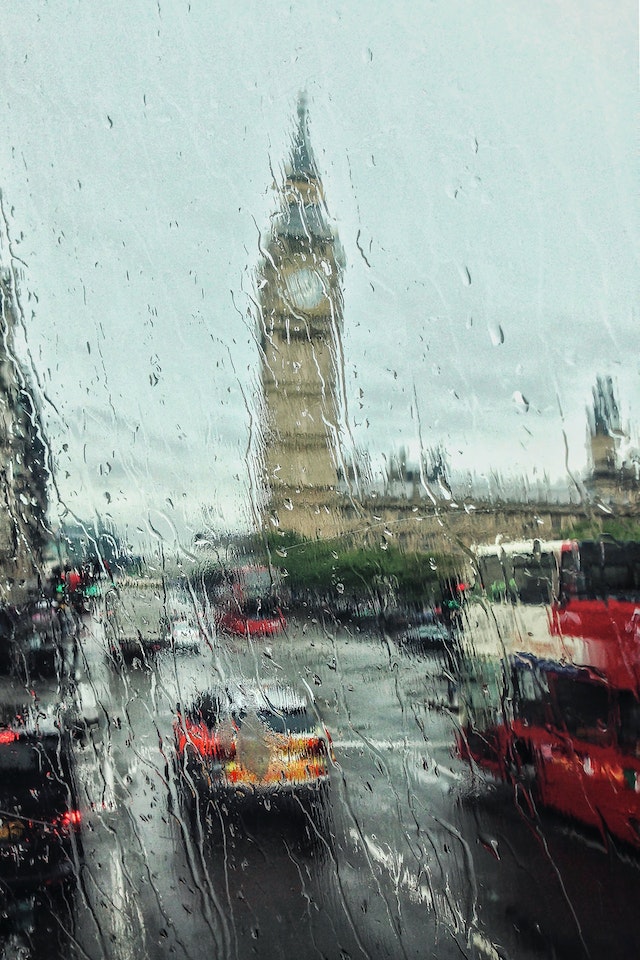Last Updated on March 15, 2024

Preventing car accidents in rainy or foggy conditions in Portland, or any other place, requires a combination of safe driving practices and preparation. Here are some tips to help you stay safe in adverse weather conditions:
Drive Slowly: Reduce your speed when driving in rain or fog. Give other cares more space by decreasing your following distance to allow for increased stopping time.
Use Your Lights: Turn on your headlights, even during daylight hours. This helps other drivers see you and improves your visibility.
Use Fog Lights (if equipped): If your vehicle is equipped with fog lights, use them in foggy conditions to improve visibility. You may need to try both sets of lights to find which provides better visibilty in specific conditions.
Wipers and Defrosters: Ensure your windshield wipers are in good condition and replace them when they become worn. Use your defrosters to keep windows clear.
5 Best Portland Personal Injury Lawyers: Find the Top Practices
Maintain Safe Following Distance: Increase your following distance to at least 3-4 seconds in wet conditions, and even more in fog. This gives you more time to react if you need to stop suddenly. Try maintaining at least 4-6 car lengths.

Avoid Cruise Control: Do not use cruise control in wet or slippery conditions. You need to maintain full control over your vehicle.
Stay in Your Lane: Stay in your lane and avoid sudden lane changes. Visibility may be reduced, and other drivers may not see you changing lanes. If you need to change lanes, do this slowly so you can safely judge how your car will react to the road conditions.
Stay Off Your Phone: Avoid using your phone while driving, and never text and drive. Distracted driving is dangerous in any weather conditions, but even more so in rain or fog. This goes for all driving conditions!
How Many Chiropractic Sessions Might I Need After a Car Accident?
Reduce Distractions: Minimize other distractions in your vehicle, such as loud music or conversations that could divert your attention from the road. Staying focus on the details of the road can help reduce the chances of an accident.

Beware of Hydroplaning: If the road is very wet, slow down to reduce the risk of hydroplaning. If you start to hydroplane, do not brake suddenly; instead, ease off the accelerator and steer in the direction you want to go. When the wheels reconnect with the road the car will be going in the correct direction and your spped will slowly be reduced without skidding.
Maintain Your Vehicle: Ensure your tires are properly inflated and have good tread. Check your brakes, lights, and other essential vehicle systems regularly. If driving in the rain is a regular occurance consider purchasing tires specifically designed for wet conditions.
Plan Your Route: Familiarize yourself with the route you’ll be taking, and consider using GPS or navigation apps to help you navigate through foggy or unfamiliar areas. This will prevent your from taking your eyes away from the road while driving.
Pull Over if Necessary: If the weather becomes too severe and your visibility is dangerously low, pull over to a safe location, such as a rest area or parking lot, until conditions improve.
Keep an Emergency Kit: Carry an emergency kit in your vehicle with items like a flashlight, blanket, extra clothing, non-perishable food, and water in case you get stranded.
Should I See a Chiropractor After a Car Accident?
Stay Informed: Monitor weather reports and traffic updates before and during your journey to stay informed about changing conditions.
Remember that safety is the top priority. If the weather conditions are extremely hazardous, consider postponing your trip or using public transportation if possible. Following these guidelines will help you reduce the risk of accidents in rainy or foggy conditions in Portland or any other location.
